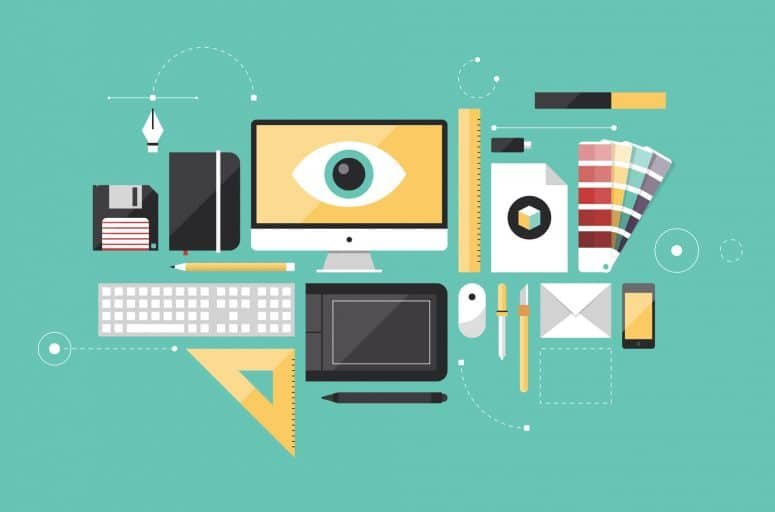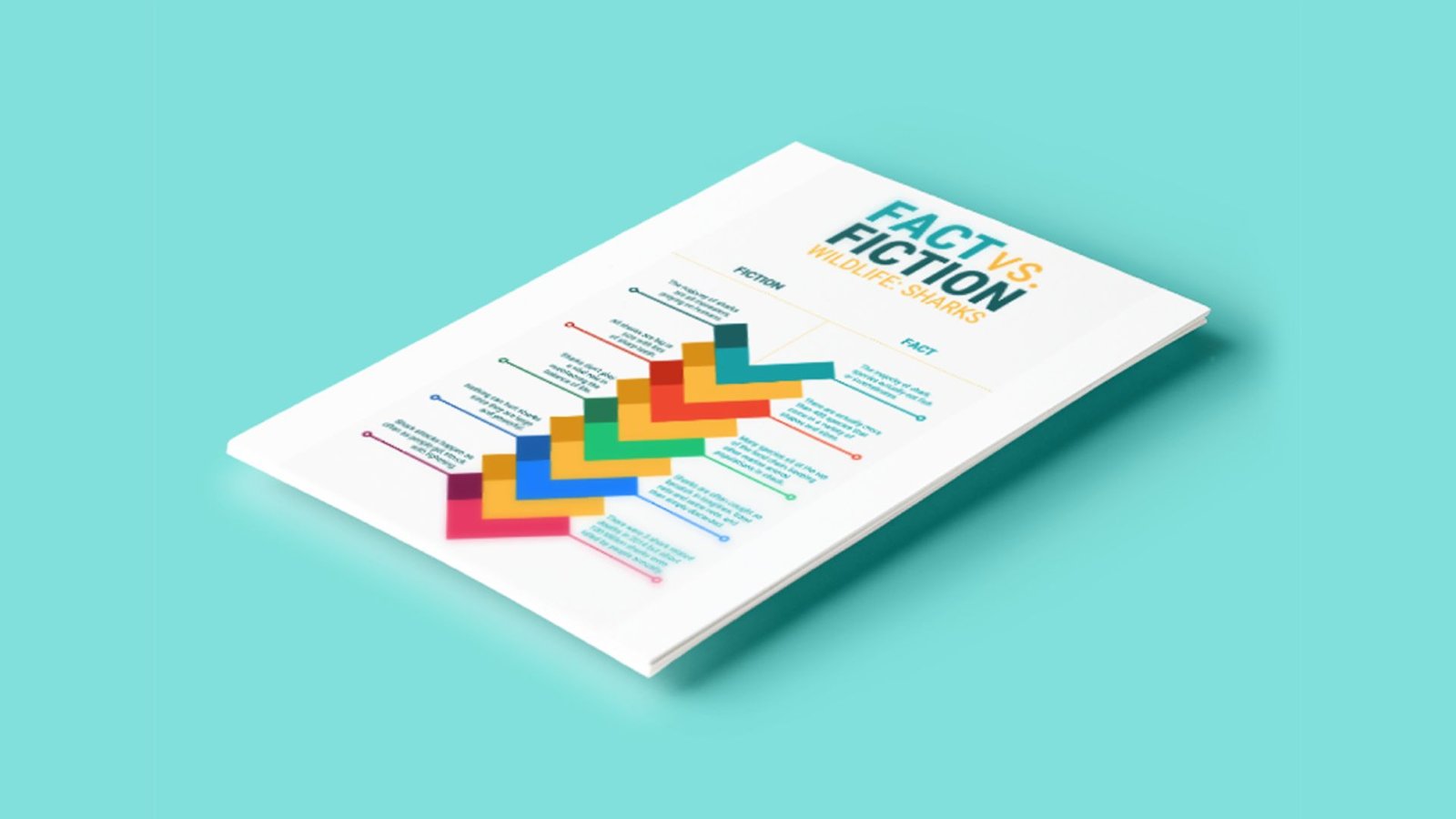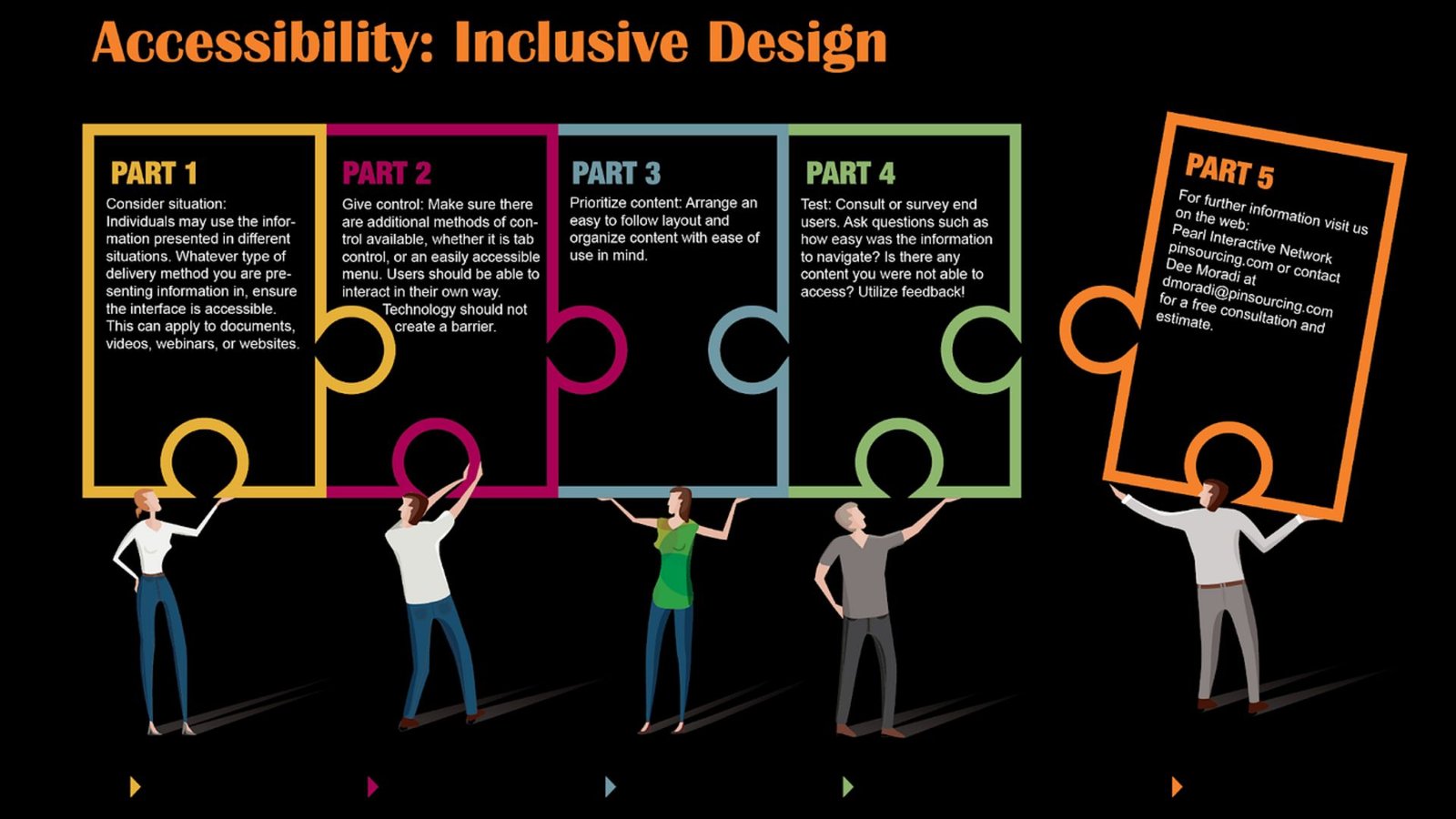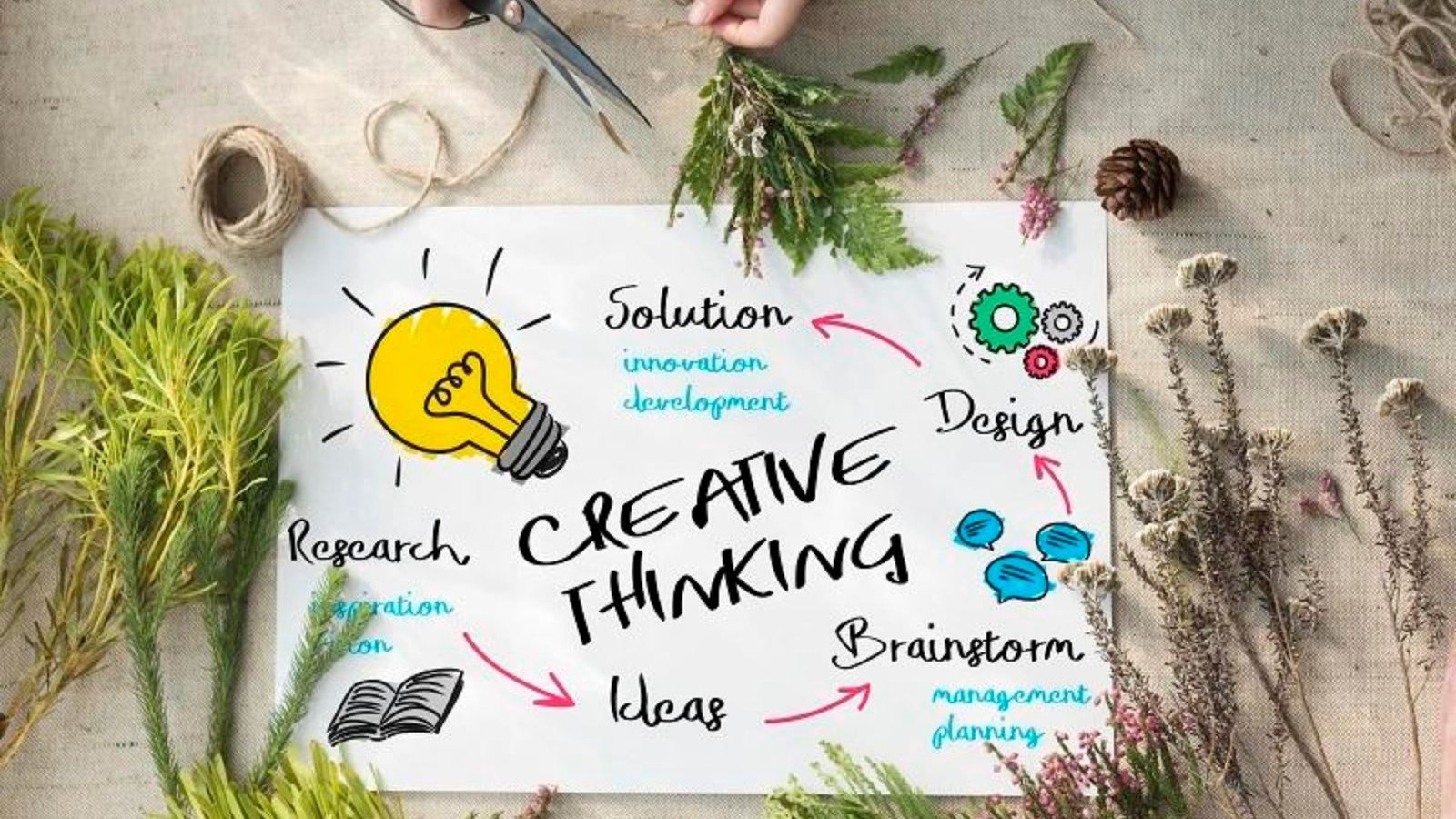Creating visual design is an essential skill in various fields, from graphic design to web development. A well-crafted visual design enhances user experience, communicates messages effectively, and attracts attention. This article outlines key strategies and tips to help you successfully create visual design and achieve impactful results.
Understanding Visual Design
Firstly, to create visual design, it’s important to understand its core principles. Visual design encompasses the use of color, typography, imagery, and layout to convey a message or solve a problem. A solid grasp of these fundamentals allows you to create designs that are not only aesthetically pleasing but also functional.
Moreover, visual design is not just about making things look good; it’s about creating a cohesive and engaging experience. The design should align with the purpose of the project and the needs of the audience. By focusing on both form and function, you can create visual designs that resonate with users and achieve your objectives.
Research and Planning
Secondly, before diving into the design process, conduct thorough research. Understanding your target audience, market trends, and the goals of your project is crucial. Research helps you make informed decisions about design elements and ensures that your visuals are relevant and effective.
For instance, if you’re designing a website for a tech company, researching current design trends in the tech industry can provide inspiration and guide your choices. Similarly, knowing your audience’s preferences and needs will help you tailor your design to their expectations.
Additionally, create a detailed plan before starting the actual design work. This includes defining the project scope, setting objectives, and outlining the design process. A well-organized plan helps streamline your workflow and ensures that you stay on track throughout the project.
Color and Typography
Furthermore, color and typography play a significant role in visual design. Choosing the right color scheme can evoke specific emotions and set the tone for your design. For example, warm colors like red and orange can create a sense of excitement, while cool colors like blue and green can convey calmness and professionalism.
Similarly, typography affects readability and the overall aesthetic of your design. Selecting appropriate fonts and font sizes ensures that your text is clear and legible. Additionally, the style of typography should complement the overall design and reflect the message you want to communicate.
Moreover, maintaining consistency in color and typography throughout your design is essential. Consistent use of these elements helps create a unified look and reinforces your brand identity.

Layout and Composition
Additionally, layout and composition are crucial aspects of creating visual design. A well-structured layout guides the viewer’s eye and helps prioritize information. Use grids and alignment to organize elements effectively and ensure a balanced composition.
For example, when designing a brochure, the layout should direct the reader’s attention to key information and calls to action. Proper spacing and alignment contribute to a clean and professional appearance, making it easier for users to engage with the content.
Furthermore, consider the visual hierarchy in your design. This involves arranging elements in a way that highlights the most important information and creates a clear path for the viewer to follow. Effective use of size, color, and placement can enhance the visual hierarchy and improve the overall user experience.
Testing and Refining
Moreover, testing and refining your design is an important step in the process. Gather feedback from users or stakeholders to identify areas for improvement. Testing helps you understand how your design performs in real-world scenarios and ensures that it meets the intended objectives.
For instance, if you’ve created a website design, test it across different devices and browsers to ensure compatibility and responsiveness. Make adjustments based on feedback and testing results to enhance the design’s effectiveness.
In addition, continually refining your design skills and staying updated with industry trends can help you create more impactful visual designs. Embrace new techniques and tools to keep your designs fresh and innovative.
Conclusion
In conclusion, creating visual design involves a thoughtful approach to research, planning, color, typography, layout, and testing. By focusing on these key areas, you can develop designs that are not only visually appealing but also functional and engaging. Remember, the goal of visual design is to effectively communicate and connect with your audience. With these strategies in mind, you can create visual design that stands out and achieves your objectives.




